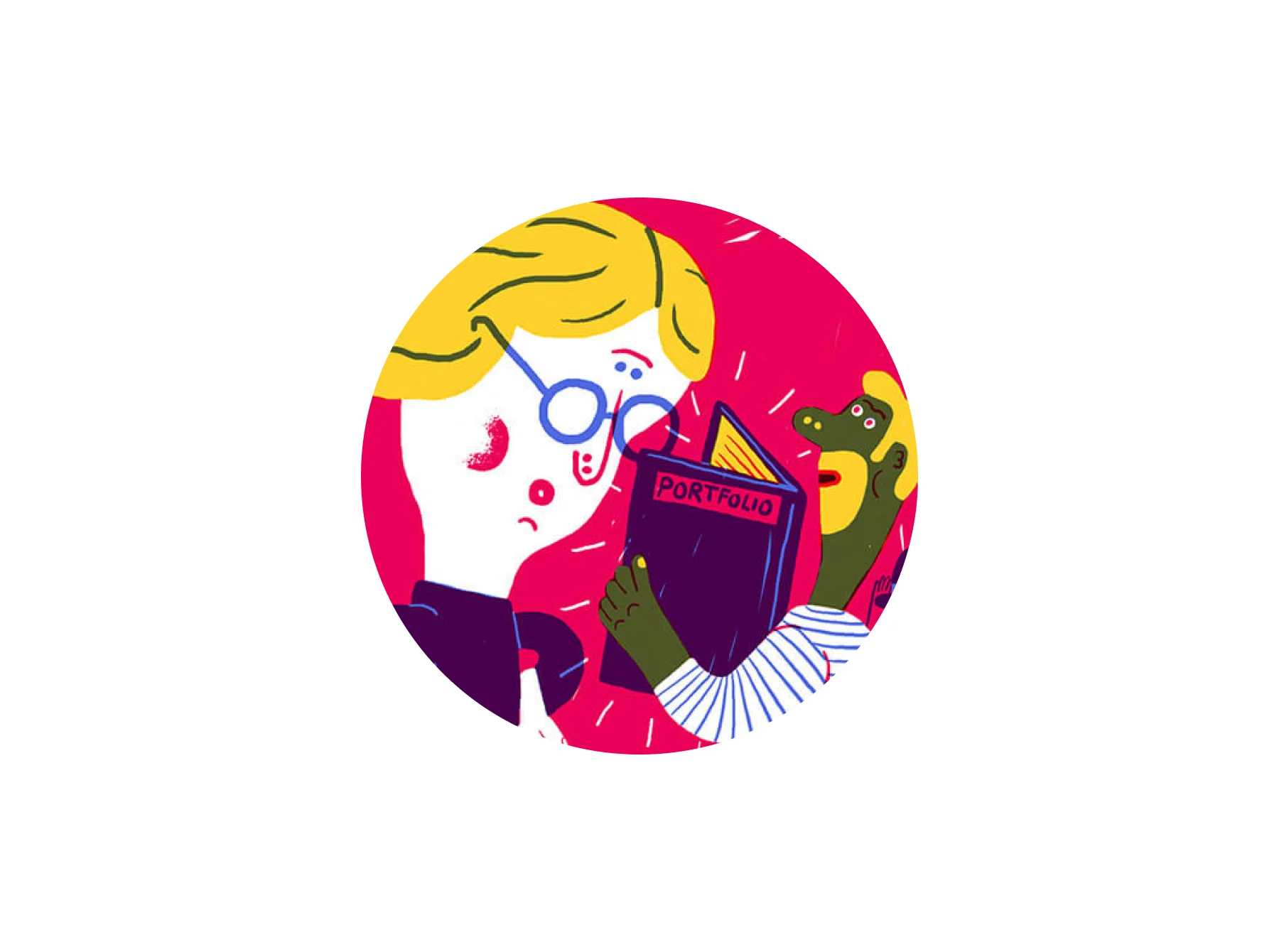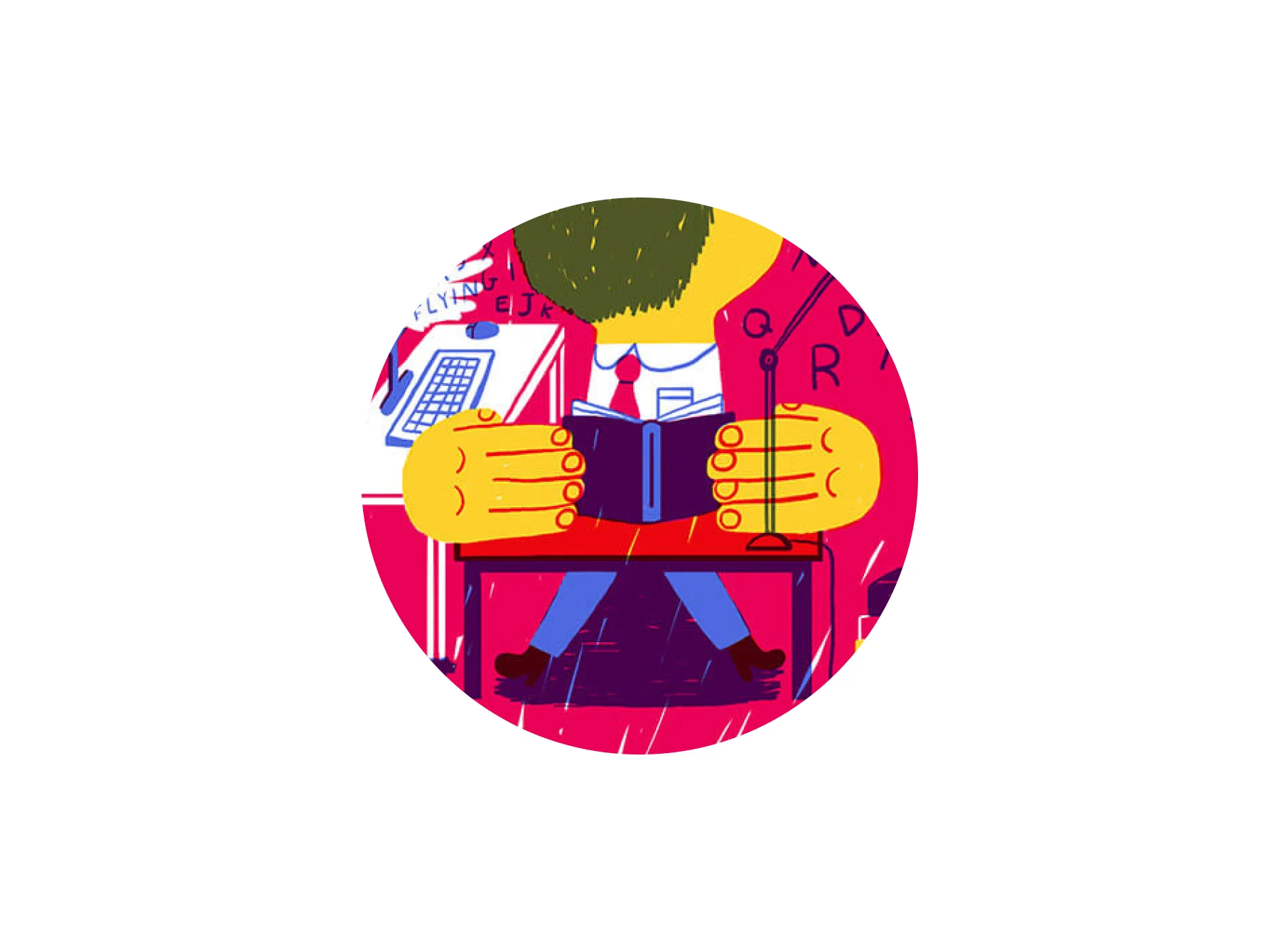

Our Talent 2.0 series explores how creatives think about – and find – good people in the internet age. Here we speak to Phil Lee of XL Recordings. Illustration by Lauren Humphrey.
XL Recordings is an independent record label founded in 1989. Its roster includes some of the biggest names in music, including Radiohead and Adele, with the the likes of FKA twigs and Jamie xx signed to its sister label Young Turks. Creative director Phil Lee oversees all the visual output that accompanies its releases, from music videos to album artwork.
You need to see someone is developing, but in this day and age how do you elevate yourself to that next level?
How do you and your team stay on top of new stuff?
It’s not impossible, but it’s tough. We are in a privileged position – we work with creative people so as soon as they sign on as a musician they bring with them creative ideas. Some come with more than others, but it always gives us a direction to go in, whether that’s commissioning photography or illustration.
We are in an immersive creative world, we are always being bombarded by creative content. It’s down to us to cherry pick, to make mental notes of what we have seen and why has it struck a chord. That’s why for me there are no such things as office hours; you are constantly scouting. I have lists everywhere – on my phone on my computer, scribbled notes in a notebook, and I take pictures of magazines, of shop windows, of galleries.
In this day and age you don’t have to get to the traditional outlets thanks to social media, blogs, creative platforms. You gravitate towards the places that you trust. It’s building relationships with these curators too – where are they looking?
What criteria do you use when analysing new talent?
Because I see so much stuff, it’s actually easier to spot that one thing. It comes round very rarely but it’s not a science.
It’s the immediacy that gets you, that drags you in. It’s a gut instinct but subconsciously, depending on what I am working on, maybe I am looking out for a certain kind of thing, a specific illustration style say. It’s very organic; timing is very important.
You need to see someone is developing, but in this day and age how do you elevate yourself to that next level?
And what might put you off working with somebody?
You are always trying to find talent that is fresh. There is a whole wealth of talented people out there making the same content. Technically more people have access to the same equipment, so there are a lot of music videos out there that look the same.
The craft is there, but the ideas are weak. Sometimes very weak. That’s the difference – with Michel Gondry and Chris Cunningham it was all ideas. That’s what I am striving for; to find the people with the ideas. You can build a team to create the craft, that’s accessible, but how do you get the idea? There is a leap between your jobbing creatives and your geniuses. I am interested in that 1%.

How did you develop your sense of what is good?
It’s instinct and constant reevaluation. The landscape is always changing, so what I was looking for five years ago is not what I am looking for now. I will be drawn to what I like personally but I have to be very conscious about what is suitable for the projects I am working on, rather than what would I hang on my wall in my house.
When I started working with MIA, my background was more of the crafted, well-executed imagery; MIA was more stylistic. They were delivering me content and my natural reaction was to tidy it up. And when I did that for the first time, she was like, “What the fuck are you doing?” (in a very nice way). From that point on, I appreciated where it fits with her music and where it fits in the world.
That experience opened my eyes and my mind, so I am not so blinkered when I am looking for new talent. I am thinking about the next artist who could come through my door, who might have a conflicting style to my own.
It’s about knowing your own limitations. In my team there are two from one generation and two from another. There are two men and two women. There is a good spread in personal taste and it’s a balance.
More broadly how has technology changed the way you look for and work with new talent?
I am very conscious of thinking how will this work not just today but also going forward. Who knows how the world is going to change? Every six months there is a new way of releasing records because the tech is changing. Culture is shifting with the tech advances.
My mindset has changed from striking imagery pre-internet to being more strategic now; how will it work across all these platforms? The word we throw around is versatility. We need a printed sleeve, posters and other static imagery and we need them at different scales for the thumbnails of iTunes, Spotify etc. Then we need videos, GIFs, animations, all these different facets that enhance the core idea and help us to get to a broader audience.
Also the role of gatekeepers has changed. Agents used to be the gatekeepers – they would scout and sign talent and then market it to me to commission. They are still helpful on a production side, but they are removed from talent spotting now. When I started commissioning videos, agents were my only point of contact, whereas now a lot of people I end up talking to don’t have representation. They have built a profile online.
And you used to have to make content with the gatekeepers of say MTV in mind, as well as the final demographic. Now there are no gatekeepers – we can put things out there on YouTube.




